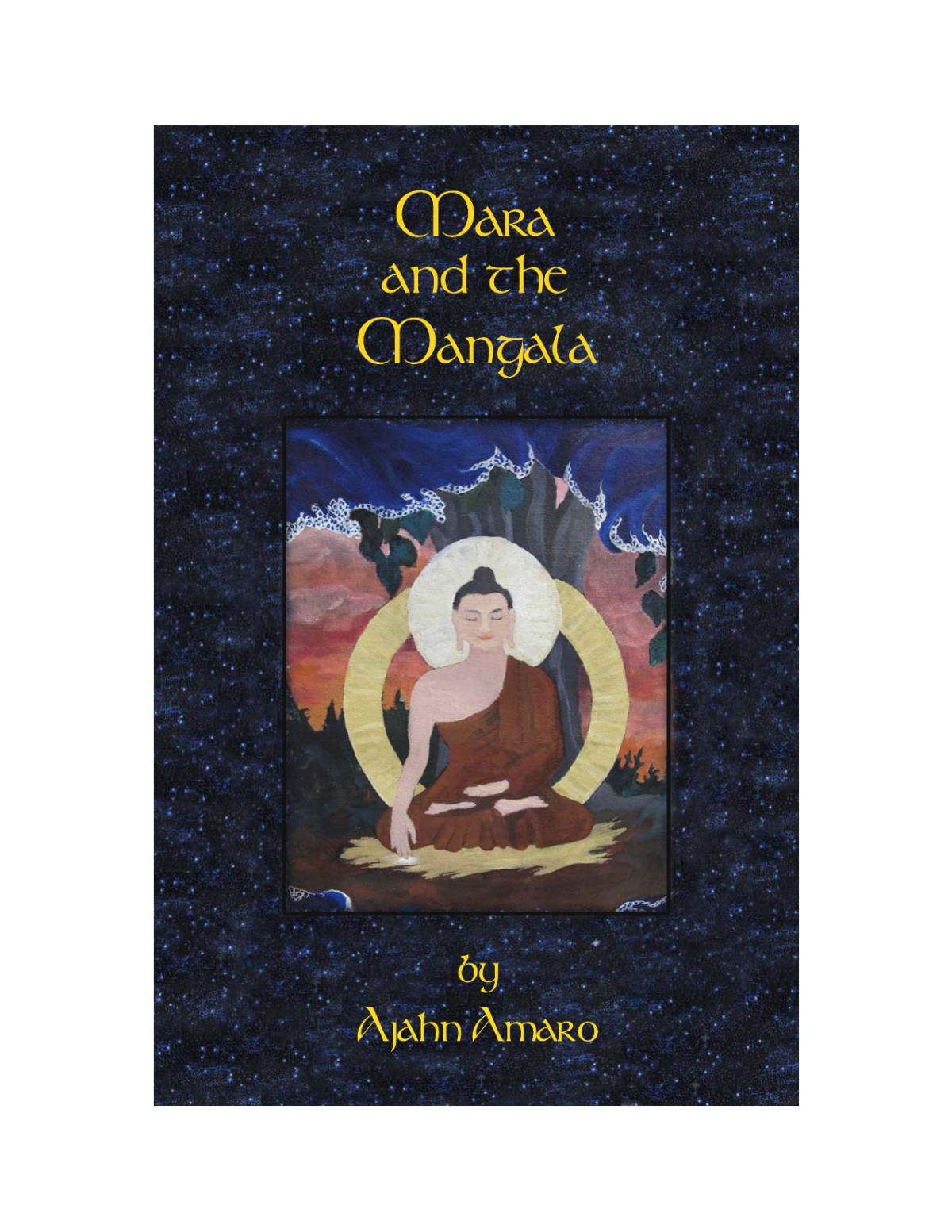

Most ebook files are in PDF format, so you can easily read them using various software such as Foxit Reader or directly on the Google Chrome browser.
Some ebook files are released by publishers in other formats such as .awz, .mobi, .epub, .fb2, etc. You may need to install specific software to read these formats on mobile/PC, such as Calibre.
Please read the tutorial at this link: https://ebookbell.com/faq
We offer FREE conversion to the popular formats you request; however, this may take some time. Therefore, right after payment, please email us, and we will try to provide the service as quickly as possible.
For some exceptional file formats or broken links (if any), please refrain from opening any disputes. Instead, email us first, and we will try to assist within a maximum of 6 hours.
EbookBell Team

5.0
40 reviewsTHIS STORY IS INTENDED to be both a partner to the novel ‘The Pilgrim Kāmanīta,’ written
by Karl Gjellerup in 1906, and a tale that stands on its own. There is no need to have
read the earlier book in order to make sense of this one, however, should you wish to go
to the source from which many of the characters and scenes of this tale have sprung, an
English version of it is to be found on this same web-site, at
http://www.abhayagiri.org/main/book/366/
This book was originally projected to be published entirely as a serial novel,
appearing one chapter at a time on the first day of every month, over a couple of years.
However, some of the same type of unpredictabilities that populate this tale intervened
and, before the planned twenty-six months were up, it became necessary for me to leave
California and relocate to England. This move, in July of 2010, precipitated the decision
to release the entire book early, as a parting nod this fair country that has been the focus
of my attention for the last twenty years, as well as the seedbed of so many of the fibres
of this yarn.
The worst thing that could happen to a story to be read for pleasure is to have it
surrounded by footnotes and appendices. This is true; but it’s also true that some
readers might like to know: “Did this come from the Buddha?” “Where can I find the
rest of that quote?” “That tradition sounds interesting, I wonder what it symbolises?”
What has been done, therefore, is to create an appendix of notes and references,
outlining the sources of the derived material that has been used.
The main body of the text is not marked in any way to indicate